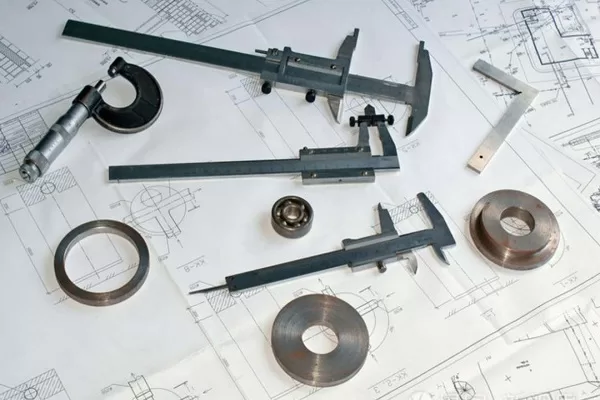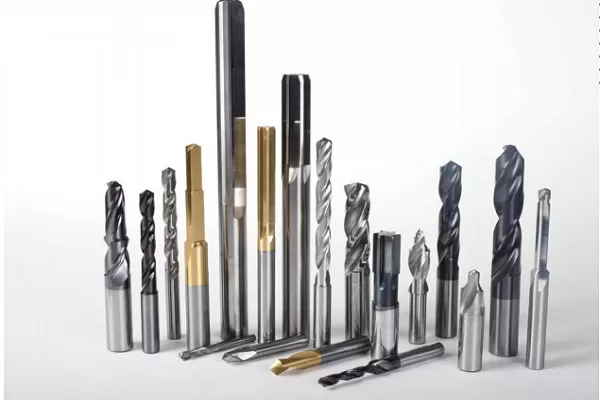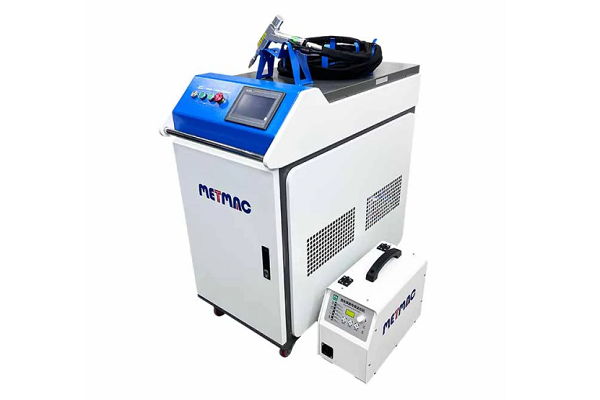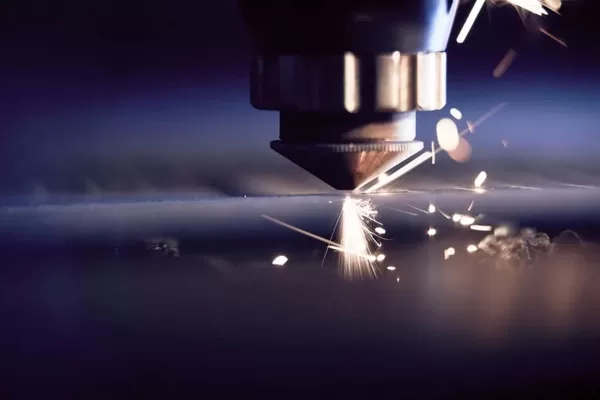
How to Use Press Metal Machines for Custom Metal Fabrication
- By:Metmac
- 2024-08-23
- 51
In the realm of metal fabrication, the versatility and precision of press metal machines have made them indispensable tools for creating custom metal components. Whether you’re an experienced fabricator or just starting out, understanding how to operate these machines effectively is essential for successful metalworking projects. This article provides a comprehensive guide to using press metal machines for custom metal fabrication, empowering you to produce high-quality metal components with greater efficiency and precision.
Machine Setup and Preparation
Before operating a press metal machine, it’s crucial to ensure proper setup and preparation. This involves selecting the appropriate tooling for the desired metalforming operation, such as bending dies, punching dies, and forming tools. The workpiece should be securely placed in the machine’s work area, and the machine’s settings should be adjusted according to the material type, thickness, and required force. Proper machine calibration is essential to achieve accurate and consistent results.
Safety Considerations
Operating press metal machines requires strict adherence to safety precautions. Wear appropriate personal protective equipment, including safety glasses, gloves, and earplugs. Be aware of the machine’s pinch points and moving parts, and keep hands and fingers clear of the work area. Never attempt to operate a press metal machine without proper training and supervision. Familiarize yourself with the machine’s safety features, such as emergency stop buttons and interlocks, and follow all operational guidelines.
Material Selection and Handling
Selecting the right metal material is critical for successful metal fabrication. Consider the strength, flexibility, and workability of different metal alloys when choosing the material for your project. Proper handling of the metal is also essential to prevent damage. Use gloves when handling sharp metal edges, and support large metal sheets or plates to avoid bending or deformation.
Forming and Shaping
Press metal machines enable a wide range of forming and shaping operations, including bending, punching, shearing, and embossing. Bending operations involve applying force to bend the metal into desired angles or shapes. Punching operations create holes or cutouts in the metal, while shearing operations cut metal into various shapes. Embossing creates raised or sunken designs on the metal surface. The specific tooling and force applied will determine the final shape and configuration of the metal component.
Finishing and Quality Control
After forming and shaping, the metal component may require additional finishing processes. These may include sanding, polishing, welding, or powder coating. Quality control checks are performed throughout the fabrication process to ensure the component meets the desired specifications. This involves inspecting the component’s dimensions, shape, and finish to ensure it meets the design requirements and industry standards.
Maintenance and Troubleshooting
Regular maintenance is essential to keep press metal machines performing optimally. This includes cleaning the machine, inspecting and replacing worn parts, and lubricating moving components. Proper maintenance helps extend the machine’s lifespan and reduces the risk of breakdowns. When troubleshooting machine issues, check for loose connections, damaged tooling, or power supply problems. Refer to the machine’s user manual or seek assistance from a qualified technician for complex troubleshooting issues.
-
The Advantages of Using a Sheet Roll Forming Machine in Manufacturing
2024/09/14 -
How to Optimize Your Laser Sheet Cutting Machine for Maximum Performance
2024/09/12 -
How to Maximize Efficiency with Modern Sheet Metal Working Machines
2024/09/04 -
The Environmental Benefits of Using Duct Board Grooving Machines
2024/09/03
-
A Guide to the Latest Innovations in Sheet Metal Folding Machines
2024/11/29 -
Key Features to Consider When Investing in a Sheet Metal Folding Machine
2024/11/28 -
Enhancing Precision with Advanced Sheet Metal Folding Machines
2024/11/27 -
How to Choose the Right Sheet Metal Folding Machine for Your Workshop
2024/11/26



